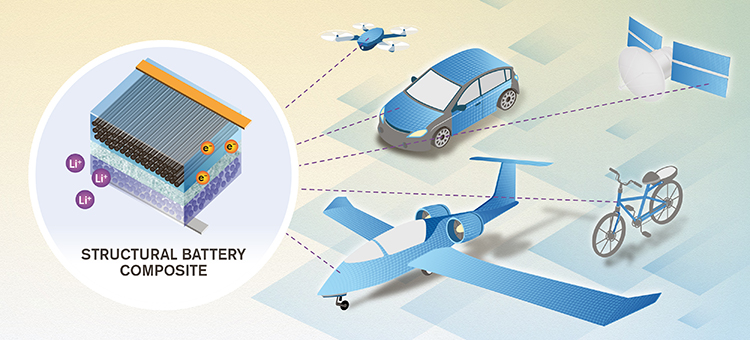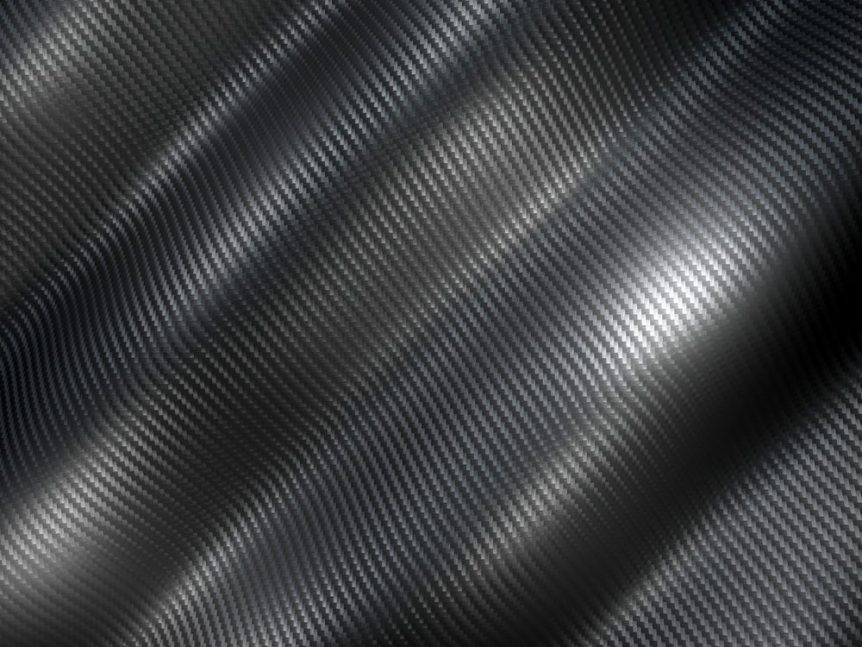Graphene, applied in a sodium-ion battery may herald inexpensive alternatives to lithium-ion cells. Scientists are exploring ways of making batteries not only more energy-dense, but also less costly. Sodium, a primary ingredient in table salt, is one possibility. It’s also abundant without too much effort required to find it. On the other hand, easily-obtainable lithium may become in short supply at a time when the world is clawing its way into the earth searching for more. Sodium is the sixth most abundant element on earth, making up about 2.6 percent of the planet. It’s never found free in nature, but always as part of something like the salt (NaCl) one can see it crusting over from evaporating bay water near Moffett Field, California, or in the Great Salt Lake in Utah. New Atlas reports, “These sodium-ion batteries would function much like today’s lithium-ion batteries, generating power by shuttling ions between a pair of electrodes in a liquid electrolyte, but as …
Massless Batteries for Aircraft?
What if the weight of the batteries in an electric airplane could virtually disappear? Researchers at Chalmers University of Technology in Gothenburg, Sweden have come up with an improved structural battery that exceeds the results of earlier research. So-called “massless batteries,” although not as energy dense as cylindrical or pouch lithium-ion batteries, could be worthy substitutes. The idea of making airplanes from materials that would provide energy from their inherent properties has been of interest for years. Your editor wrote an article on “The Grand Unified Airplane” for Kitplanes magazine in 2013 based on the idea of combining solar power, piezoelectric flexing of wings, and structural batteries. The ultimate goal was to create a machine that would move through the air on the energy of flight itself. This might seem an unreachable fantasy, but material scientists are bringing us closer to the dream. Headlining their report with a rather non-academic boast, Chalmers University promotes its, “Big breakthrough for ’massless’ energy …
Two Different Carbon Batteries
With lithium-ion batteries seeming to have topped out in their capabilities, battery researchers are looking at new ways of storing energy. Zap&Go in England and Graphenano in Spain are exploiting a more common element to good effect, crafting carbon batteries that charge quickly and last thousands of charge-discharge cycles. Both attack their goals in very different ways. Zap&Go Carbon-ion Battery According to Microbattery.com, the Oxford-based organization Zap&Go has created and delivered a carbon-particle battery consolidating the superfast charging capacities of a supercapacitor to gain rapid charging and long cycle life. Unfortunately, as far as electric vehicles go, it’s not quite ready for prime time. The good news is that it’s on a well-structured timeline that will bring it to the vehicular world in the next few years. Auto Economic Times of India reports that Zap & Go follows the path many others with new technology often go down. “’Today it’s a developing technology, so it’s not as good,’ Zap&Go’s chief executive Stephen …
Carbon Fiber and the Grand Unified Airplane
Your editor has long held the belief that we are on the threshold of creating a Grand Unified Airplane, a craft that would draw all its energy from solar cells, the flexing of its wings, the air passing over its form, and the very act of flight itself. It seems to become less of a science fiction ideal and more of real-world possibility every day. Carbon fiber could be part of that possibility. What if your airplane were its own battery? Think of the weight savings and potential endurance and range. Your editor became fascinated with 2010 research done by Dr. Emile Greenhalgh of Imperial University in London, who developed a structural sandwich with carbon fiber outer layers and a fiberglass core. It could be used for body panels on a car, inspiring Volvo to become involved and proceed with initial tests. Since those early tests, other researchers have duplicated and expanded the research, with Dr. Leif Asp of Chalmers …




